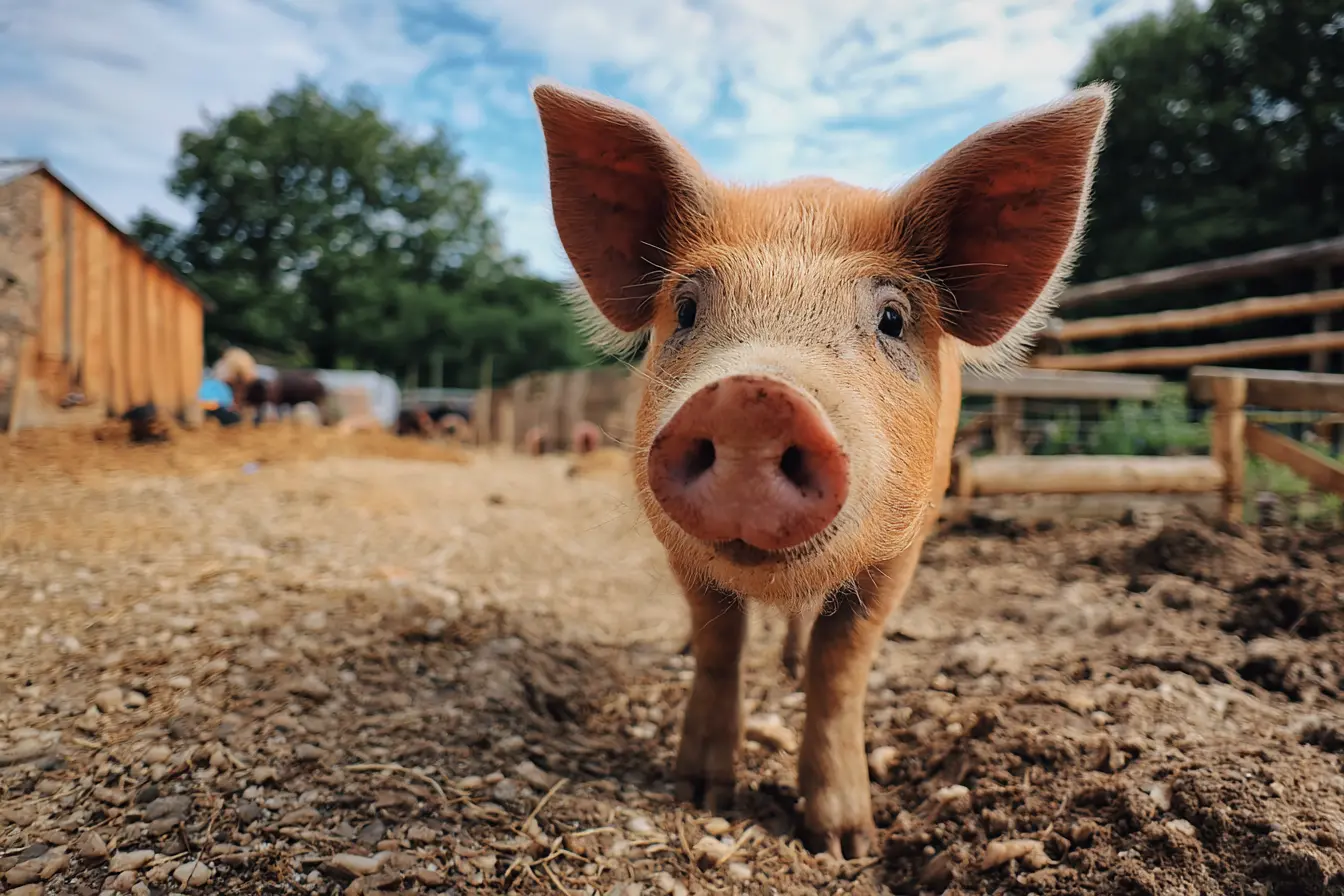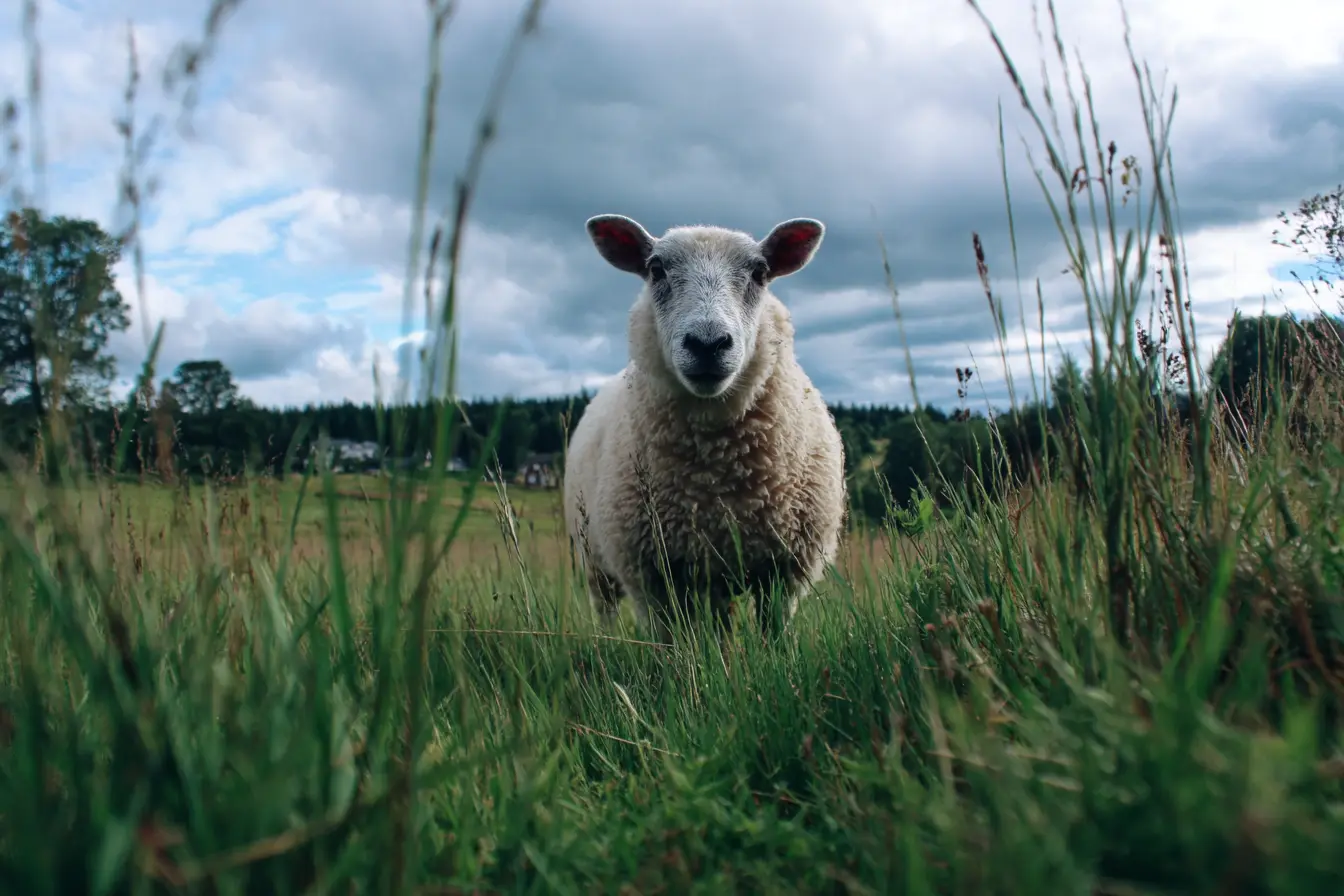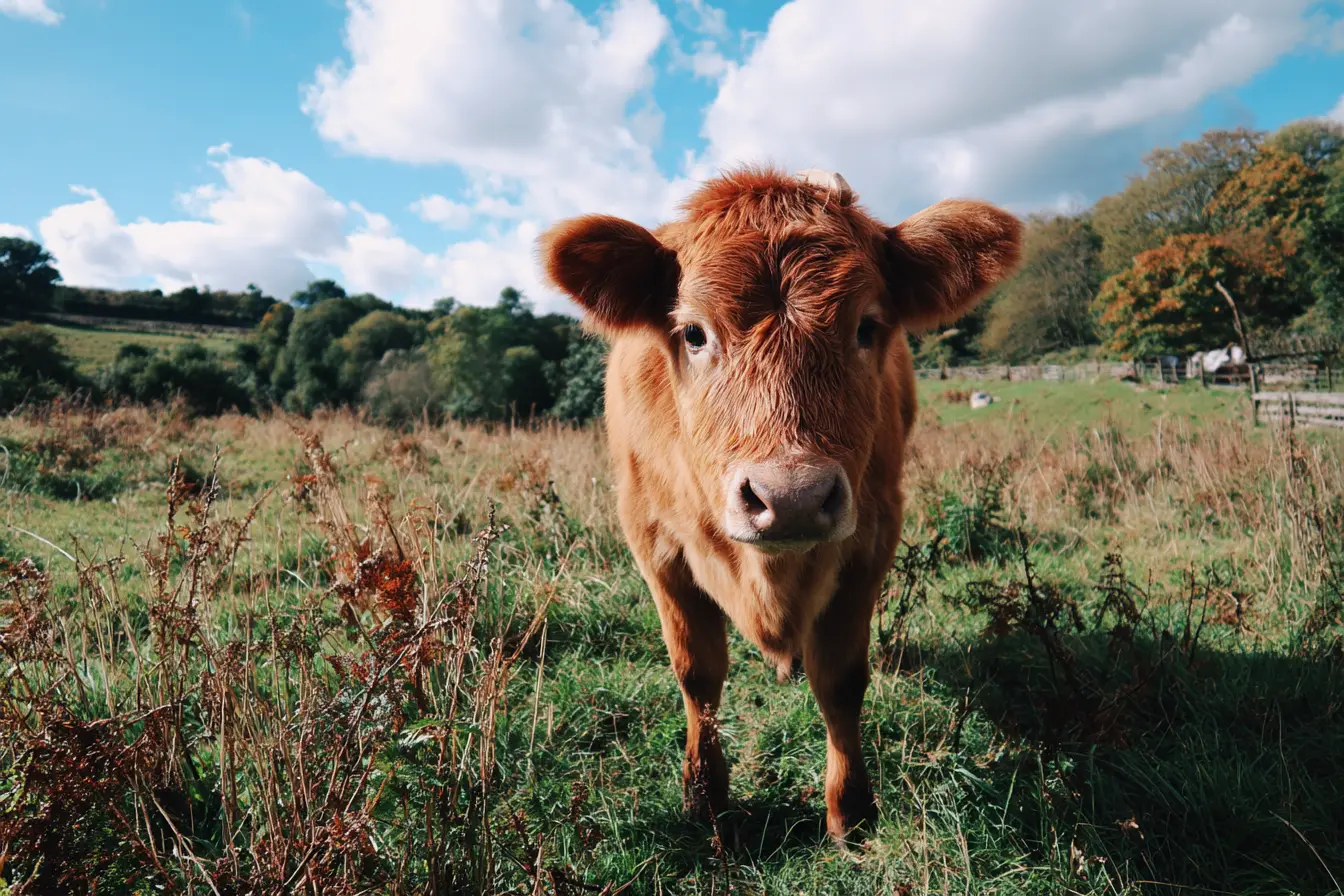
Liver Fluke in Livestock: Understanding the Risks and Managing the Threat
Liver fluke, caused by the parasite Fasciola hepatica, is a significant and growing concern for UK farmers. This parasitic disease affects cattle, sheep, goats, and deer, with potentially severe economic and welfare consequences. In this blog post, we’ll explore what liver fluke is, how it spreads, its impact on animals and businesses, and best practices for diagnosis, control, and prevention.
What is Liver Fluke?
Liver fluke is a parasitic flatworm (trematode) that infects the livers of grazing animals. The adult flukes live in the bile ducts of the liver, causing damage that impairs liver function, reduces productivity, and in severe cases, leads to death.
Key facts about liver fluke:
- Adult flukes can live for several years in the host.
- Infected animals excrete fluke eggs in their faeces, which develop into larvae in wet, muddy environments.
- Liver fluke is highly dependent on wet conditions and the presence of a specific intermediate host, the mud snail Galba truncatula.
Life Cycle and Transmission
Understanding the fluke life cycle is crucial for control:
- Eggs: Shed in the faeces of infected animals onto pasture.
- Miracidium: Larvae hatch from eggs in wet conditions and infect mud snails.
- Snail Stage: Within the snail, the parasite develops through several stages (sporocyst, redia, cercaria).
- Cercaria: Released from the snail, these larvae encyst on vegetation as metacercariae.
- Ingestion by Livestock: Animals become infected by eating contaminated herbage.
The warm, wet weather of recent years has increased the prevalence of liver fluke, making it an ongoing challenge in many parts of the UK.
Clinical Signs and Economic Impact
Liver fluke infection can manifest in several ways:
Acute Fasciolosis
- Usually seen in sheep.
- Sudden death due to massive liver damage from migrating immature flukes.
- Symptoms include weakness, pale gums (anaemia), and rapid weight loss.
Chronic Fasciolosis
- More common in cattle and sheep.
- Gradual weight loss, reduced milk yield, poor growth rates.
- Animals may develop bottle jaw (swelling under the jaw) due to low blood protein levels.
Subclinical Infections
- Even without obvious clinical signs, liver damage can reduce feed conversion efficiency and fertility.
- Subclinical infections contribute significantly to financial losses.
Economic Impact
The disease can cause:
- Reduced weight gain and milk yield.
- Increased veterinary and treatment costs.
- Liver condemnations at slaughter (loss of by-product value).
- Increased susceptibility to other diseases due to weakened immunity.
Diagnosis and Monitoring
Timely and accurate diagnosis is essential for effective control:
- Faecal Egg Counts (FEC): Detect eggs in faeces, but may miss immature flukes.
- Coproantigen ELISA: Detects fluke antigens in faeces, useful for early infections.
- Blood Tests (ELISA): Detect antibodies, indicating exposure but not necessarily active infection.
- Post-Mortem Examination: Provides definitive diagnosis and can reveal the severity of liver damage.
Control and Prevention Strategies
Integrated control measures are key to managing liver fluke:
Strategic Anthelmintic Treatments
-
Use flukicides targeted to the fluke life stage present:
- Triclabendazole: Effective against immature and adult fluke, but resistance is an emerging concern.
- Closantel, Nitroxynil: Effective against late immature and adult fluke.
- Albendazole, Oxyclozanide: Target adult fluke only.
-
Rotate active ingredients to slow the development of resistance.
Pasture and Grazing Management
- Identify and manage high-risk areas (wet, muddy pastures).
- Fence off wet areas or improve drainage where possible.
- Avoid grazing young stock on fluke-prone areas during peak risk periods (late summer and autumn).
Mud Snail Control
- Mud snail habitats are difficult to eliminate, but reducing snail populations can help.
- Improving drainage and reducing wet areas can limit snail habitats.
Biosecurity Measures
- Quarantine and treat new stock before introducing them to the farm.
- Use diagnostic testing to ensure replacements are fluke-free.
The Challenge of Resistance
Triclabendazole resistance has become an increasing problem in many fluke-prone areas. Farmers and vets need to:
- Use flukicides judiciously and rotate treatments to maintain efficacy.
- Conduct post-treatment testing (faecal egg counts) to monitor for resistance.
- Work with vets to develop tailored fluke control plans.
Environmental and Climate Considerations
Liver fluke prevalence is influenced by climate and environmental conditions:
- Mild, wet winters and warm summers create ideal conditions for mud snail populations.
- Climate change may extend the risk period for fluke transmission, requiring more flexible and adaptive control strategies.
Practical Considerations for Farmers and Vets
For farmers:
- Conduct regular risk assessments for fluke based on weather patterns and farm conditions.
- Work with your vet to develop a tailored fluke control program.
- Record and review treatment and testing results to identify trends and adjust plans as needed.
For vets:
- Provide guidance on integrated parasite control strategies, including fluke and roundworms.
- Stay updated on local resistance patterns and advise clients accordingly.
- Support farmers with diagnostic testing and interpretation to guide effective treatment decisions.
Conclusion
Liver fluke is a complex and persistent threat to livestock farming in the UK. By understanding its biology, implementing integrated control measures, and staying vigilant to resistance issues, farmers and vets can protect animal health and farm profitability. Effective liver fluke management is a long-term commitment that requires ongoing monitoring, flexibility, and collaboration.
Vets near you
Speciality vets
- Aquatics vet specialists
- Birds vet specialists
- Camelids vet specialists
- Cats vet specialists
- Cattle vet specialists
- Deer vet specialists
- Dogs vet specialists
- Equines vet specialists
- Exotic vet specialists
- Goats vet specialists
- Pigs vet specialists
- Poultry vet specialists
- Sheep vet specialists
- Small Mammals vet specialists
- Wild vet specialists



